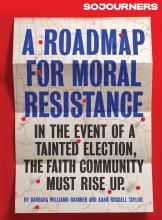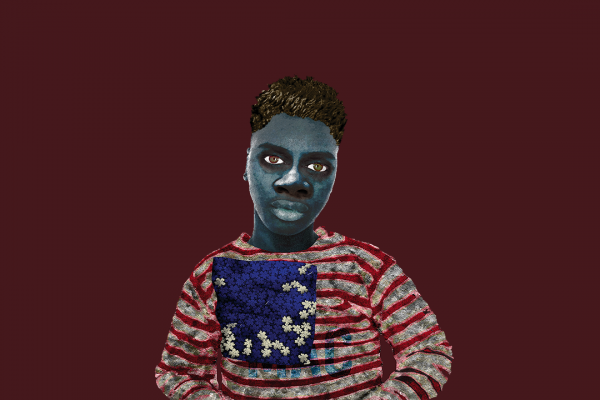IF YOU EXPECT a column about art, you may have turned to the wrong page. Though I would very much like to be writing about aesthetics, I’m afraid I cannot do so outright. The problem is simple: Our world is on fire, has been for a very long time, and we can no longer afford to avoid the why. Our country looks in the mirror and cannot recognize its face because its self-concept is built on lies. To be an American, it seems, is to be in a state of constant dissociation. Perhaps that is the fine print in our social contract—mandated distance from our inner worlds and the violence we inflict on each other.
But, if we are constantly looking away from ourselves, what are we looking at instead? The answer is, again, simple. We—this “we” primarily composed of white people—have traded a clear vision of reality away for the tawdry allure of images. Put frankly, we worship a portrait of America that has not yet come into being.
Read the Full Article

